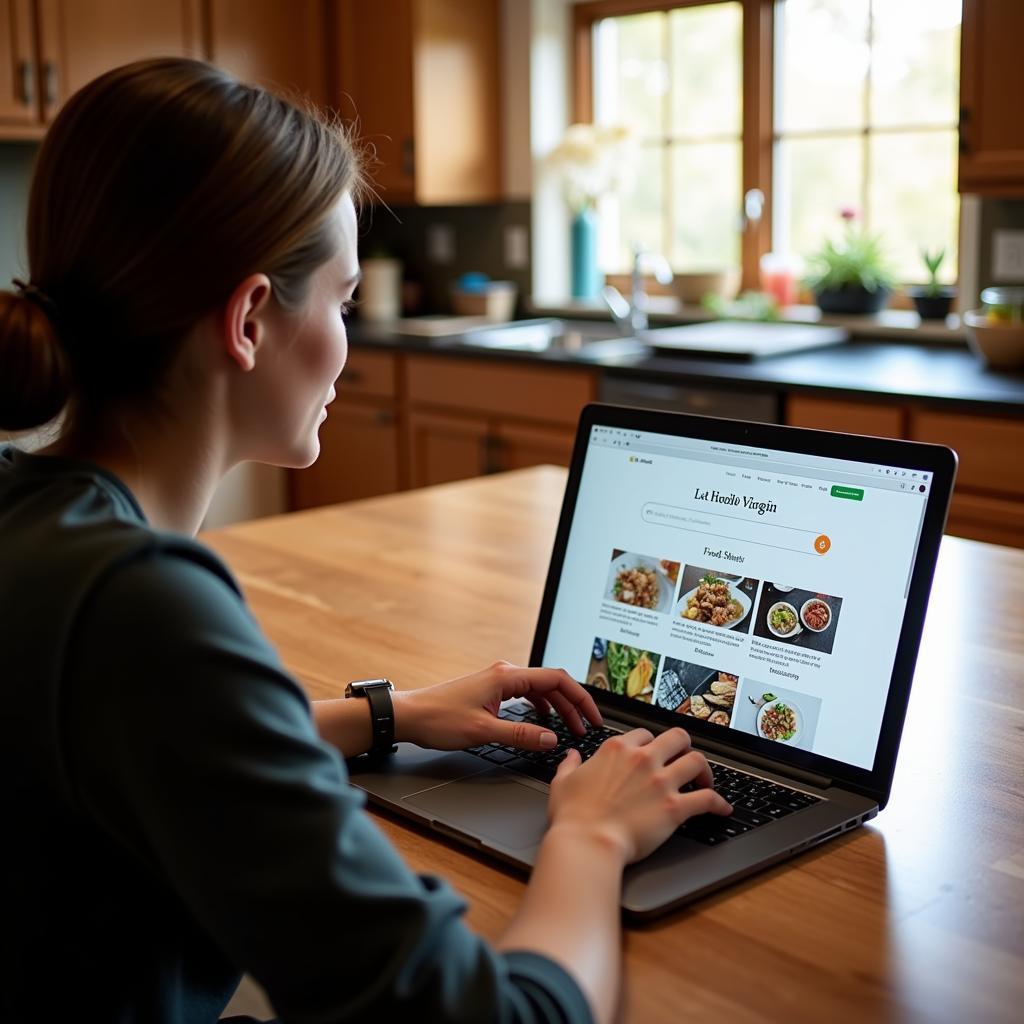When facing food insecurity, community resources like food pantries offer a lifeline. But navigating the process, especially understanding “Food Pantry Income Guidelines,” can feel daunting. This article aims to demystify these guidelines, empowering you to access essential support with confidence.
What Exactly Are Food Pantry Income Guidelines?
Food pantries strive to serve everyone facing hunger, but resources are often limited. Income guidelines help ensure fair and equitable distribution of food assistance to those most in need. These guidelines, often based on the Federal Poverty Level (FPL), act as a benchmark.
How Do Income Guidelines Work?
Each pantry operates independently, setting its own income guidelines. Generally, you’ll be asked to provide basic information about your household size and income. Don’t worry, this process is confidential and designed to be straightforward.
 Income Verification Documents
Income Verification Documents
What if My Income is Slightly Above the Guidelines?
Don’t be discouraged! Many pantries consider extenuating circumstances like unexpected medical bills or job loss. Reach out and explain your situation—the staff is there to help.
Finding a Food Pantry Near You
Several resources can help you locate a food pantry and understand their specific guidelines:
- Feeding America: This national network has a searchable database of food pantries across the country. You can find a pantry near you by entering your zip code on their website.
- 2-1-1: This national helpline can connect you with local resources, including food pantries. Simply dial 2-1-1 from any phone.
- Local Community Centers: Your local community center, senior center, or library may also have information about nearby food pantries.
 Searching for Local Food Pantry
Searching for Local Food Pantry
Beyond Food Pantries: Exploring Additional Support
Remember, food pantries are just one piece of the support puzzle. If you’re struggling to afford groceries, you may also be eligible for other assistance programs like:
- SNAP Benefits (Food Stamps): This federal program provides monthly funds to help low-income families purchase groceries. You can apply for SNAP benefits online, by mail, or in person at your local SNAP office.
- Farmers’ Market Nutrition Programs: These programs provide eligible individuals and families with coupons or vouchers to purchase fresh produce at local farmers’ markets.
- The Emergency Food Assistance Program (TEFAP): This federal program provides supplemental food packages to low-income Americans, including elderly individuals and families with young children.
 Navigating SNAP Benefits
Navigating SNAP Benefits
Making the Most of Food Pantry Services
Food pantries are more than just sources of sustenance; they’re community hubs offering a welcoming environment and additional support. Don’t hesitate to ask about:
- Nutrition Counseling: Some pantries have registered dietitians who can provide guidance on healthy eating on a budget.
- Cooking Classes: Learn new recipes and cooking techniques to stretch your food budget further.
- Other Resources: Pantries often connect individuals and families with other helpful services, such as job training, financial counseling, and healthcare.
“Access to nutritious food is a fundamental right,” says Sarah Thompson, Director of Community Outreach at the Food Bank of Hope. “Our goal is to eliminate any shame or stigma associated with seeking help. We’re here to support you during challenging times.”
Food Pantry Income Guidelines: A Stepping Stone to Food Security
Understanding “food pantry income guidelines” is the first step towards accessing vital support. Remember, these guidelines are in place to maximize resources and reach those facing the greatest need. Don’t let uncertainty hold you back from seeking assistance. Your well-being matters, and there’s a community ready to help you navigate the path to food security.
FAQ
1. What documents do I need to provide to prove my income?
Each pantry may have slightly different requirements, but generally, you may be asked to provide recent pay stubs, tax returns, unemployment benefits statements, or a letter from an employer.
2. Can I visit a food pantry more than once a month?
Most pantries have set distribution schedules to ensure everyone has equal access to resources. Contact your chosen pantry to inquire about their specific policies.
3. Are there food pantries specifically for seniors or families with children?
Yes, many communities have specialized pantries catering to specific needs. You can search for these online or inquire at your local community center.
4. What if I have dietary restrictions or allergies?
Many pantries strive to accommodate dietary needs. Inform them of your restrictions when you visit so they can assist you in finding appropriate options.
5. Can I volunteer at a food pantry?
Absolutely! Food pantries rely heavily on volunteers. Contact your chosen pantry to learn about volunteer opportunities.
Need Assistance? We’re Here to Help!
Navigating food pantry resources can feel overwhelming, especially if you’re facing challenging times. At Mina Cones Food, we’re committed to providing accurate and up-to-date information to empower you in accessing the support you deserve.
Have additional questions or need personalized guidance? Don’t hesitate to reach out. Contact our dedicated team at:
- Phone: 02437655121
- Email: minacones@gmail.com
- Visit Us: 3PGH+8R9, ĐT70A, thôn Trung, Bắc Từ Liêm, Hà Nội, Việt Nam
Our team is available 24/7 to answer your questions and provide support. Remember, you’re not alone, and we’re here to help you navigate the journey towards food security.